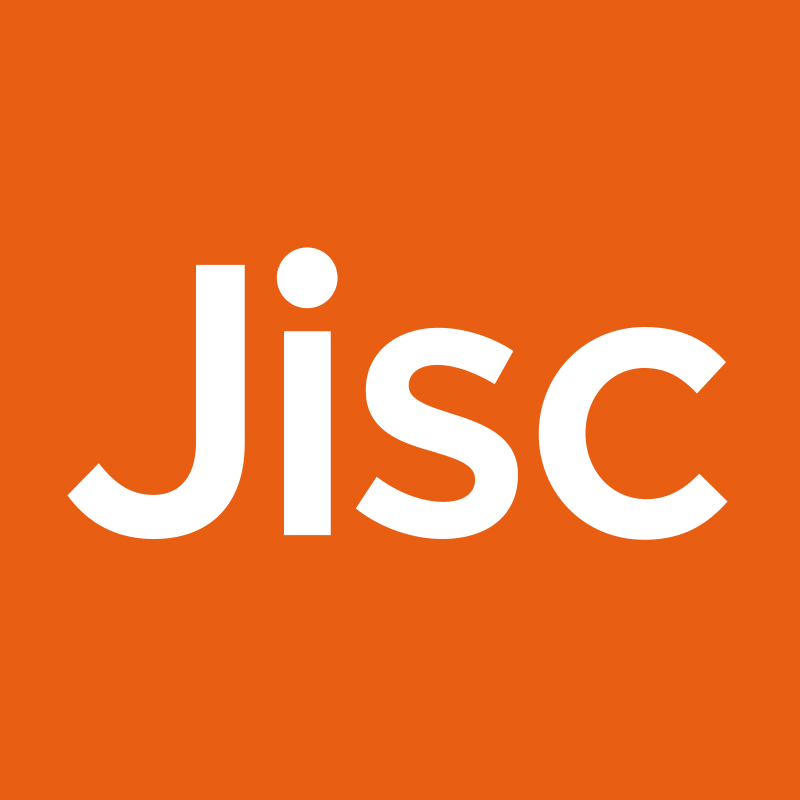There has been quite a lot of information flying around since a Wikipedia user downloaded and then stitched together high-resolution images from the National Portrait Gallery, before putting them up as a single files on Wikipedia.
The statement from the National Portrait Gallery clears up a lot of confusion and seems quite even handed.
The National Portrait Gallery is very strongly committed to giving access to its Collection. In the past five years the Gallery has spent around £1 million digitising its Collection to make it widely available for study and enjoyment. We have so far made available on our website more than 60,000 digital images, which have attracted millions of users, and we believe this extensive programme is of great public benefit.
The Gallery supports Wikipedia in its aim of making knowledge widely available and we would be happy for the site to use our low-resolution images, sufficient for most forms of public access, subject to safeguards. However, in March 2009 over 3000 high-resolution files were appropriated from the National Portrait Gallery website and published on Wikipedia without permission.
The Gallery is very concerned that potential loss of licensing income from the high-resolution files threatens its ability to reinvest in its digitisation programme and so make further images available. It is one of the Gallery’s primary purposes to make as much of the Collection available as possible for the public to view.
Digitisation involves huge costs including research, cataloguing, conservation and highly-skilled photography. Images then need to be made available on the Gallery website as part of a structured and authoritative database.
To date, Wikipedia has not responded to our requests to discuss the issue and so the National Portrait Gallery has been obliged to issue a lawyer’s letter. The Gallery remains willing to enter into a dialogue with Wikipedia

3 replies on “National Portrait Gallery / Wikipedia argument”
This raises some interesting questions about rights and licensing.
According to US case law, unlike the UK, there is no copyright in faithful reproductions of original works, so someone in the US might well conclude that since the copyright in the painting had lapsed, the image was in the public domain. It would helpful if the NPG copyright notice below its images specified that NPG was claiming copyright on the web image, not the original.
If (as they appear to) they allow low-resolution images to be re-used by non-commercial websites, they might be better off highlighting this as a positive Creatice Commons type statement, specifying the desired acknowledgement.
It would also be worth adding something about image use and rights to the FAQ part of the site, which at the moment deals only with physical visitors and service users.
It seems that way, but isn’t.
Wikimedia Foundation statement:
http://blog.wikimedia.org/2009/07/16/protecting-the-public-domain-and-sharing-our-cultural-heritage/
It’s important to note that the NPG isn’t actually an independent charity – it’s a government sub-department.
I just accessed the NPG web site and wish to explain my experience. From the home page, I then selected ‘search the collections’, then did a ‘blank’ search which resulted in ‘Saint Gildas’ being presented as the 1st of 40096 sitters. I clicked on Saint Gildas & was presented with a thumbnail and description.
Nowhere is any mention made of copyright limitations, nor was the image ‘watermarked’ to alert of the potential for copyright infringement.
I firmly believe in the rights protection, however users must also be made aware when they might potentially be violating any copyright and how that infringement may occur. The use of a watermark would act as an alert, might it not?